Breaking News


Popular News

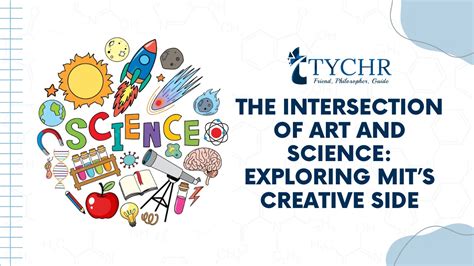
Explore how creativity and artistic approaches intersect with STEM fields. Learn about fostering creativity in STEM education and artistic innAre you passionate about both art and science? Do you believe that creativity plays a significant role in the fields of science, technology, engineering, and mathematics (STEM)? In this blog post, we will explore the fascinating intersection of art and science and delve into how creativity contributes to innovation in STEM fields.
First, we will define the intersection of art and science, examining how the two disciplines intersect and influence each other. Then, we will discuss the vital role of creativity in STEM, exploring how thinking outside the box leads to groundbreaking advancements in these fields.
Additionally, we will take a closer look at artistic approaches to problem-solving in STEM, showcasing how artistic thinking can offer unique solutions to scientific challenges. Through case studies, we will highlight instances where art has driven innovative breakthroughs in science.
Finally, we will explore how creativity can be fostered in STEM education, emphasizing the importance of nurturing artistic expression in future scientists and engineers. Join us as we unravel the dynamic relationship between art and science and celebrate the power of creativity in STEM.
Contents
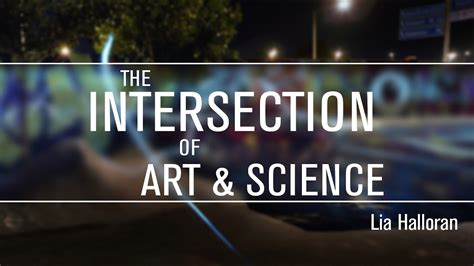
When we consider the intersection of art and science, we are exploring the ways in which these two seemingly different disciplines can come together to create something truly unique. Artists and scientists alike often draw on their creativity and innovative thinking to push the boundaries of what is known and to develop new ways of understanding the world around us.
In this intersection, we see creativity in STEM fields becoming increasingly important. Scientists and engineers are finding that approaching their work with an artistic mindset can lead to breakthroughs and discoveries that were previously unimaginable. Likewise, artists are finding inspiration in scientific concepts and using their work to communicate complex ideas in accessible and engaging ways.
One way to explore this intersection is to consider the artistic approaches to problem solving that are being used in STEM fields. Whether it’s using design thinking to create user-friendly technologies, applying principles of color theory to data visualization, or using storytelling techniques to communicate scientific research, the influence of art on science is undeniable.
In addition to these examples, we can look at case studies that showcase how artistic innovations have been instrumental in advancing scientific understanding. From the use of photography in documenting natural phenomena to the integration of artistic methods in medical research, these case studies demonstrate the powerful impact that creativity can have on the STEM fields.
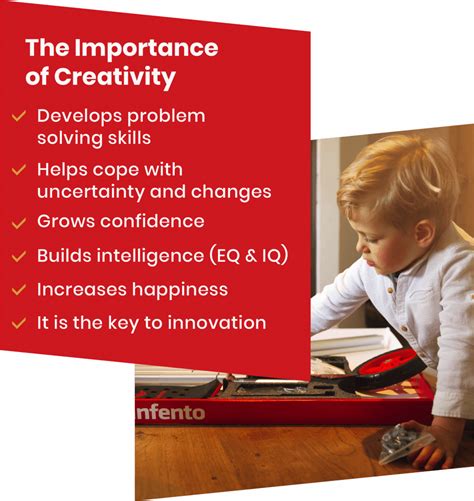
When we think of STEM fields, we often conjure images of equations, algorithms, and precise formulas. However, creativity plays a vital role in these disciplines, driving innovation and pushing boundaries. In science, creative thinking is essential for devising new experiments, developing hypotheses, and finding novel solutions to complex problems.
In technology, creativity drives the development of new technological solutions and the improvement of existing systems. In engineering, creative problem-solving is at the core of design and innovation, enabling engineers to tackle unique challenges and bring imaginative ideas to life.
Moreover, in mathematics, creativity leads to the development of new theorems and approaches to solving complex mathematical problems. It’s clear that creativity is not only beneficial but also essential in STEM fields, shaping the ways in which we understand and interact with the world around us.
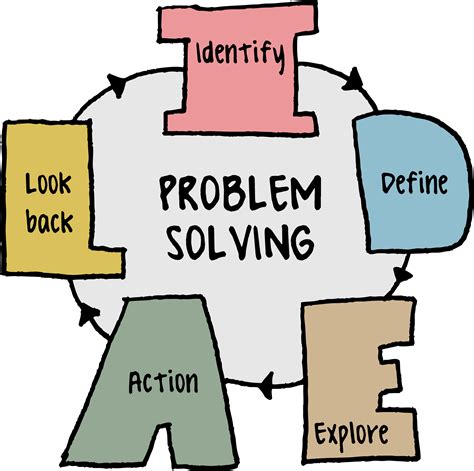
Exploring Artistic Approaches to Problem Solving
When it comes to problem solving, many people automatically think of analytical thinking and logical approaches. However, there is a growing recognition of the important role that artistic approaches can play in solving complex problems. This is especially true in the fields of STEM (science, technology, engineering, and mathematics), where creative solutions are often needed to address real-world challenges.
One artistic approach to problem solving is through the use of design thinking. This process is rooted in the principles of art and creativity, and involves empathizing with the end user, defining the problem, ideating potential solutions, prototyping, and testing. By incorporating artistic elements, such as visual and physical representations, into the problem-solving process, individuals can gain new perspectives and uncover innovative solutions.
Another way to explore artistic approaches to problem solving is by incorporating elements of improvisation. In the world of STEM, unexpected challenges can arise, and the ability to quickly adapt and think on one’s feet is crucial. Drawing on improvisational techniques from the world of theater and performance art, individuals can learn to embrace uncertainty and respond with creativity and flexibility. This can lead to more resilient problem-solving strategies in the face of uncertainty.
Overall, embracing artistic approaches to problem solving in the context of STEM fields can lead to more innovative and effective solutions. By tapping into art and creativity, individuals can expand their problem-solving toolkit and approach challenges with a fresh perspective, ultimately driving progress and innovation in their respective fields.
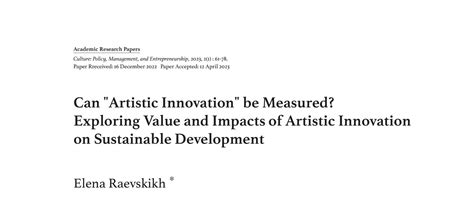
When we think of scientific innovations, we often imagine sterile laboratories, precise calculations, and methodical processes. However, art and science have intersected in numerous ways to produce groundbreaking discoveries and advancements. Let’s explore some case studies where artistic approaches have led to innovative breakthroughs in the field of science.
One notable case study is the work of biologist Santiago Ramon y Cajal, who is often referred to as the father of modern neuroscience. Cajal’s revolutionary discoveries in the field of neuroanatomy were not only rooted in scientific rigor, but also greatly influenced by his artistic talent. Through his intricate and detailed drawings of neurons and neural networks, Cajal was able to visually portray the complexity of the brain in a way that had never been done before, leading to a deeper understanding of the brain’s structure and function.
Another example of artistic innovations in science is the use of visualization techniques in astronomy. Scientists have long relied on visual representations of celestial bodies and phenomena to aid in their understanding of the universe. From the detailed sketches of Galileo’s observations through a telescope to the digital renderings of black holes and distant galaxies, art has played a crucial role in expanding our knowledge of the cosmos.
In addition to these specific case studies, the integration of art and science has also led to advancements in medical imaging, environmental conservation, and even robotics. These examples serve as a reminder that the marriage of art and science is not only possible, but also essential for pushing the boundaries of human knowledge and innovation.

STEM education is known for its focus on science, technology, engineering, and math. However, fostering creativity is also a crucial aspect of preparing students for success in these fields. By integrating artistic approaches into STEM education, educators can help students develop innovative thinking and problem-solving skills that are essential for success in the modern workforce.
One way to foster creativity in STEM education is to encourage students to explore the intersection of art and science. This can involve integrating creative projects and activities into STEM curriculum, such as designing and building prototypes, creating digital art related to scientific concepts, or using design thinking to solve engineering challenges.
Another method is to provide opportunities for students to engage in collaborative and interdisciplinary projects that allow them to apply their STEM knowledge in creative ways. For example, students could work together to design and construct a sustainable architecture model, develop a game that teaches scientific principles, or create a multimedia presentation that explores the connections between art and math.
By embracing creativity in STEM education, educators can help students develop the essential skills they need to thrive in a rapidly changing world, while also fostering a love for learning and discovery.

How does art intersect with science in STEM fields?
Art and science intersect in STEM fields through the use of creativity, design, and visualization. Artists and scientists often work together to communicate complex scientific concepts through creative and visually engaging means.
What role does creativity play in STEM?
Creativity plays a crucial role in STEM fields as it encourages innovative problem-solving, experimentation, and the development of new ideas and technologies.
How can art be used to communicate scientific concepts?
Art can be used to communicate scientific concepts through illustrations, animations, and interactive exhibits that help the general public better understand complex ideas in a visually appealing way.
Why is creativity important in both art and science?
Creativity is important in both art and science as it allows for new perspectives, out-of-the-box thinking, and the ability to communicate and solve problems in diverse and unconventional ways.
What are some examples of the intersection of art and science in STEM?
Some examples include medical illustration, data visualization, and the use of design principles in engineering and architecture.
How can individuals incorporate both art and science in their professional careers?
Individuals can incorporate both art and science in their professional careers by seeking out interdisciplinary collaborations, exploring new technologies, and embracing a holistic approach to problem-solving and creativity.
What are the benefits of integrating art and science in STEM education?
Integrating art and science in STEM education can lead to a more engaging and visually stimulating learning experience, promoting creativity, critical thinking, and a deeper understanding of scientific concepts.